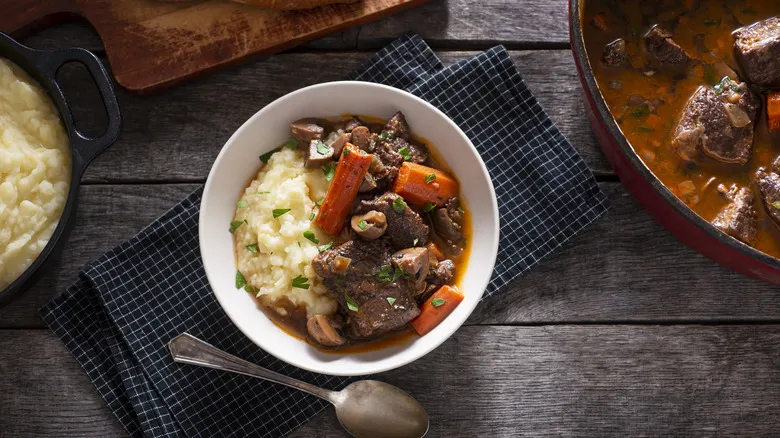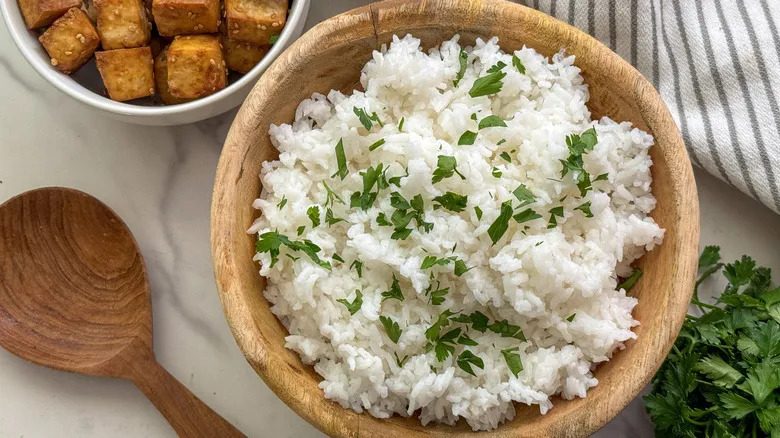What is muscadine?

Muscadine wines are crafted from grapes of the same name, primarily cultivated in the Southeast, particularly in North Carolina and Georgia, which are often overlooked as wine-producing regions in the U.S. Other states known for muscadine production include Florida, Arkansas, South Carolina, and Mississippi. These grapes produce a diverse range of wines, including white, red, and rosé, as well as both sparkling and still varieties. They can be found in dry or sweet styles, but are typically medium-bodied with moderate acidity. The white wines often exhibit flavors of banana, lime, and honeysuckle, while the reds tend to showcase more berry-like notes.
In contrast to most wine grapes, such as moscato, which belong to the European Vitis vinifera species, muscadine grapes are classified under the Vitis rotundifolia species and are indigenous to the United States. Many enthusiasts believe that muscadine is the first wine grape cultivated in the U.S., citing the 400-year-old "mother" vine on Roanoke Island in North Carolina, which continues to bear fruit. While there are over 100 muscadine varieties, the most commonly used for winemaking are Carlos and Scuppernong.
What is moscato?

Muscat grapes are cultivated globally and have a history spanning over 800 years. Similar to muscadine, these grapes are used to create a range of wines, including still, sparkling, sweet, and fortified varieties. The most well-known moscato wine, which gained popularity in rap lyrics 15 to 20 years ago, is moscato d'Asti. This semi-sparkling, sweet white wine hails from the Piedmont region in northwestern Italy and is notable for its low alcohol content of just 5%.
Another moscato that has gained international acclaim is Asti Spumante, a more effervescent wine reminiscent of Champagne, with an alcohol content of around 9%. Both wines feature floral and fruity aromas, evoking scents of orange blossoms and peaches. In addition to the sparkling varieties of moscato d'Asti and Asti Spumante, there are four other popular styles: still moscato, a non-sparkling white; pink moscato, a rosé blended with some merlot; red moscato, made from black muscat grapes; and even sweeter dessert wines.
Spicy meets sparkling and sweet

Moscato and muscadine wines, with their effervescent and sweet profiles, complement similar types of cuisine beautifully. Both varieties pair exceptionally well with spicy dishes, as their sweetness and bubbles provide a refreshing contrast to the heat. Given muscadine's Southern roots, it’s no surprise that it pairs wonderfully with smoky, spicy barbecue ribs or brisket. However, you don’t have to limit yourself to American dishes; both wines also harmonize beautifully with fiery Asian cuisines such as Sichuan, Thai, or Vietnamese.
If you enjoy Italian fare, consider serving these wines with a charcuterie board. Moscato and muscadine can balance the strong flavors of blue cheese while cutting through the richness of meats like prosciutto, salami, and pancetta. And even though muscadine may not be in the spotlight lately, it could add a delightful touch of Southern charm to your next dinner gathering.
Recommended

The Absolute Best Sour Beers For Cider Drinkers

The Best Type Of Wine To Use For A Flavorful Beef Bourguignon

What Is The Flavor Difference Between An Ale And A Lager?

The 10 Best Hard Ciders For Every Palate
Next up





